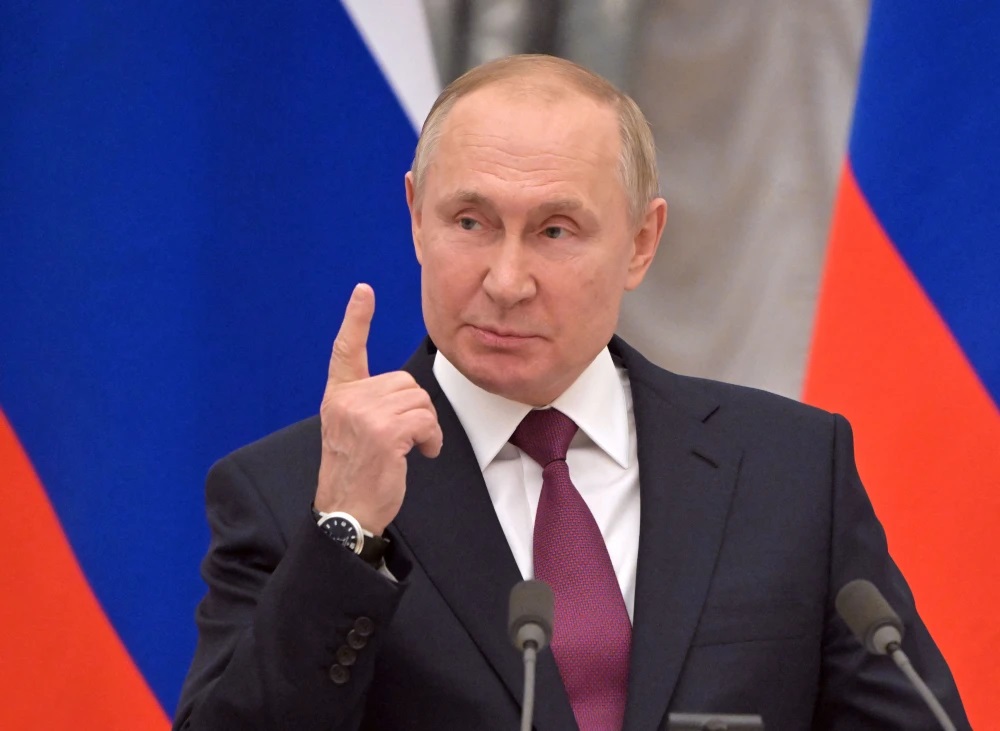In a significant escalation of military developments, Russian President Vladimir Putin announced that the country successfully tested a new mid-range ballistic missile named Oreshnik during a recent strike on Ukraine. Speaking in a televised address, Putin detailed the missile’s capabilities and the circumstances surrounding its use in combat.
The missile strike targeted the central Ukrainian city of Dnipro early Thursday, marking a notable event amid ongoing tensions in the region. Putin claimed that Russian forces conducted a coordinated assault on a specific defense industry target, indicating a strategic focus on crippling Ukraine’s military capabilities.
While Putin described the missile as having been deployed in a “non-nuclear hypersonic configuration,” Ukrainian officials, including President Volodymyr Zelensky, reported that initial assessments suggested the use of an intercontinental ballistic missile. Ukrainian air force experts are currently investigating the evidence to confirm the type of missile utilized in the strike.
During his address, Putin emphasized the advanced capabilities of the Oreshnik missile, stating that it travels at a speed of Mach 10, or roughly 2.5 to 3 kilometers per second. He underscored the missile’s evasion capabilities, asserting that “modern air defense systems… cannot intercept such missiles.” He expressed confidence in Russia’s missile technology, declaring, “As of today there are no means of counteracting such a weapon.”
The Russian president attributed the missile tests to what he termed “aggressive actions of NATO countries towards Russia,” implying that such developments are part of Moscow’s broader strategic response to perceived threats from the West. This statement aligns with the ongoing geopolitical tensions exacerbated by the conflict in Ukraine, where both military and diplomatic maneuvers have intensified.
As the situation continues to evolve, the implications of Russia’s missile advancements and the response from Ukraine and its allies remain closely watched by international observers.





